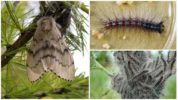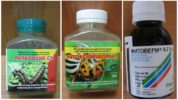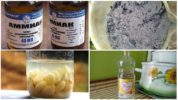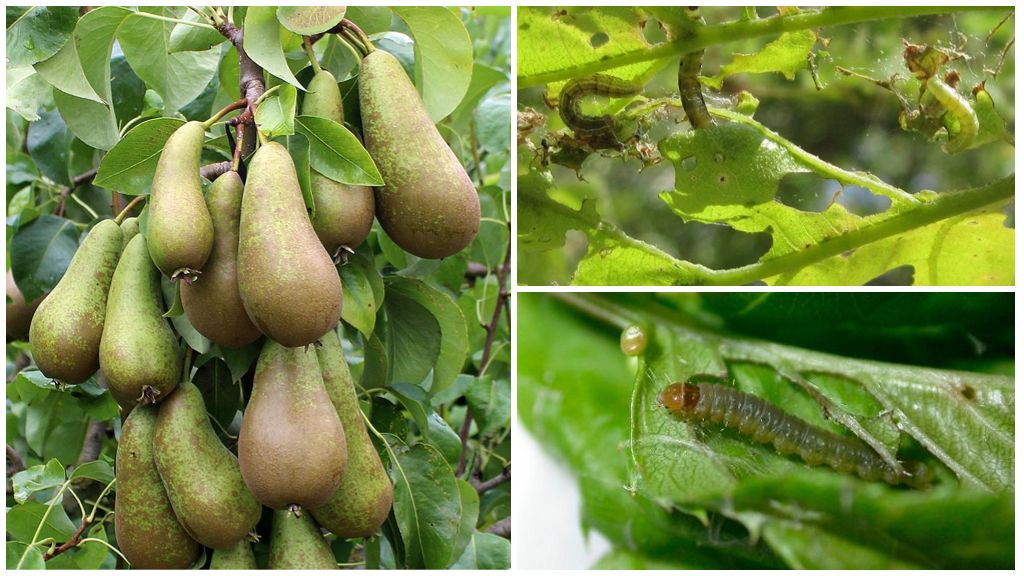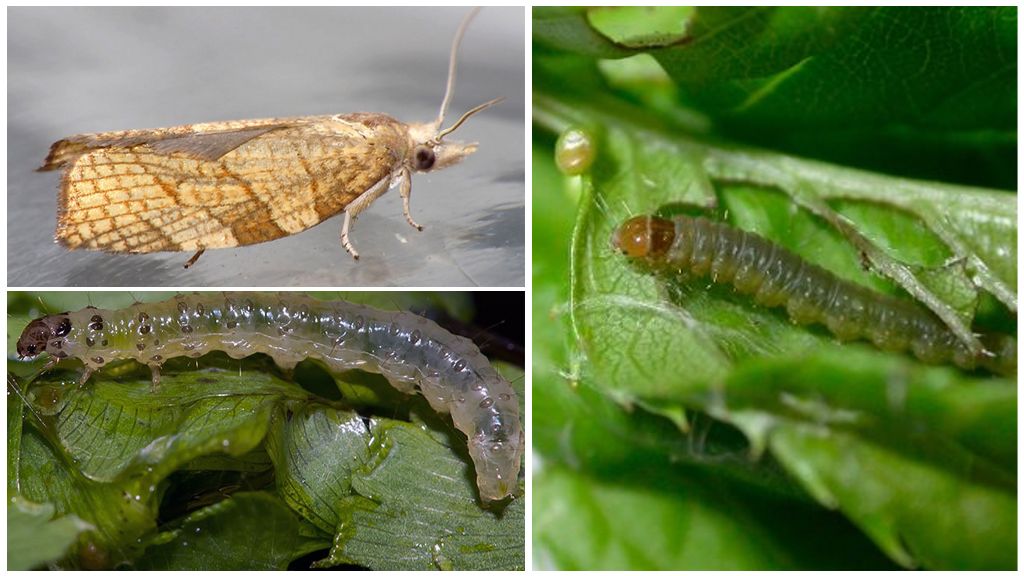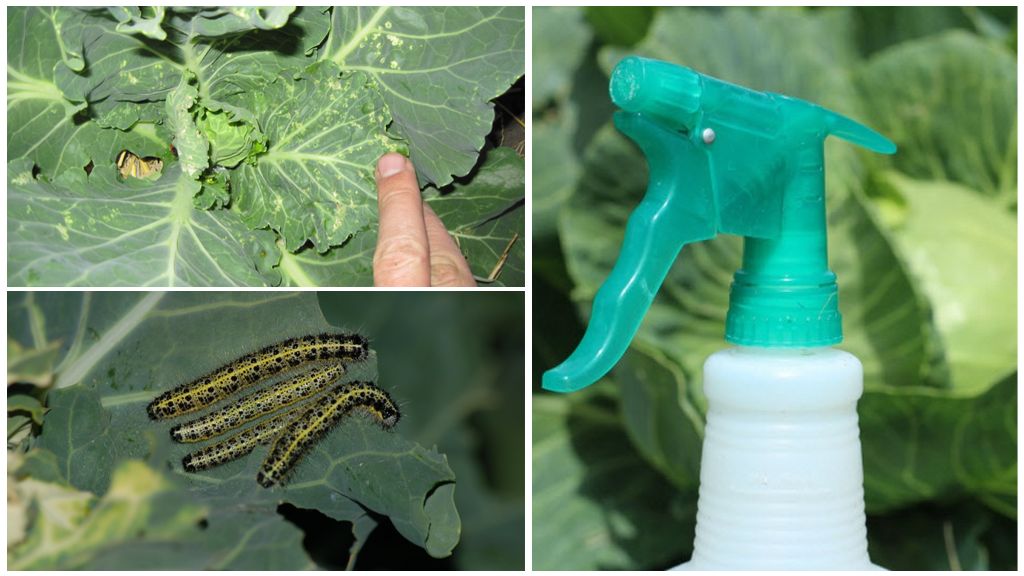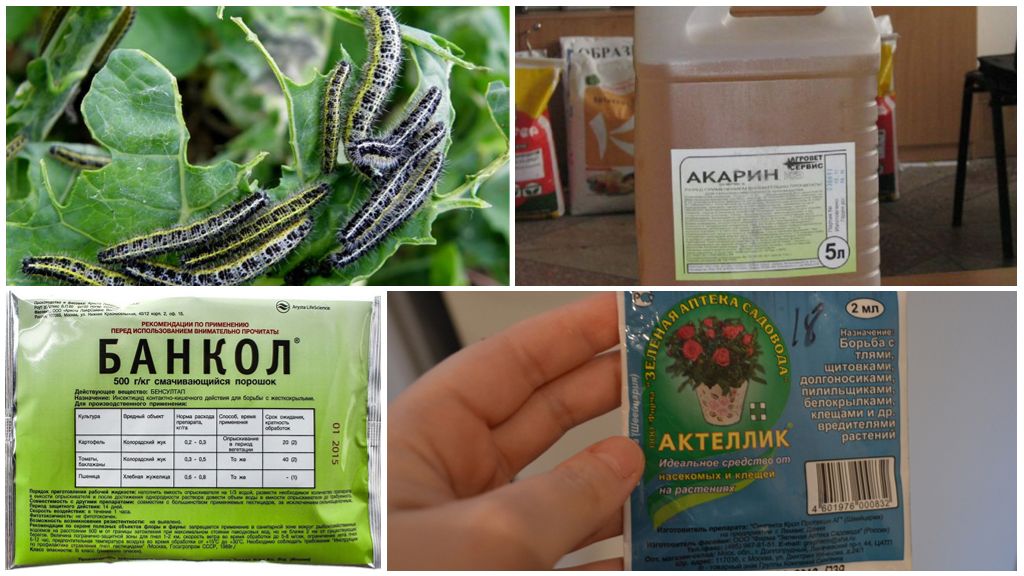- Unmatched silkworm
- Biological products against silkworm
- Folk ways of pest control
How to deal with silkworms in a summer cottage, there are several ways - folk remedies, insecticides, biological products, physical methods, biological, agricultural. Control measures are selected based on the personal preferences of the gardener, the degree of infection and the type of pest. You should always remember about preventive measures.
Pest Description
The insect is ubiquitous, affects about 300 varieties of plants, prefers garden trees, oak, poplar. Only one generation grows per season, the larvae do the most damage. Caterpillars are developing for 50 days, actively feed on leaf juices, and then the plates themselves.
On a note!
Butterfly gypsy moth lives only 10 days, eats nothing, is busy reproducing offspring. Lays about 300 eggs at a time. Years of young females, males begin in late June, in the eggs the larvae remain to winter. The female lays under the bark on the bottom of the tree, old stumps, in forest litter.
Dense eggshells are able to withstand frost and high humidity. Intensive development continues in early spring - in April. The massive revival of the pest is initially carried out on oak. Larvae molt 5-6 times in 50 days, increase in size to 75 mm. The caterpillar of an unpaired silkworm is brown in color, the body is covered with hairs, warts or processes.
At the final stage of development, pupation occurs without the formation of a cocoon. The larva wraps itself in cobwebs, holds its paws on leaves, twigs, bark. A few days later butterflies appear. Wingspan up to 75 mm, the body is massive, covered with hairs, brown. In the photo you can clearly see how the silkworm looks.
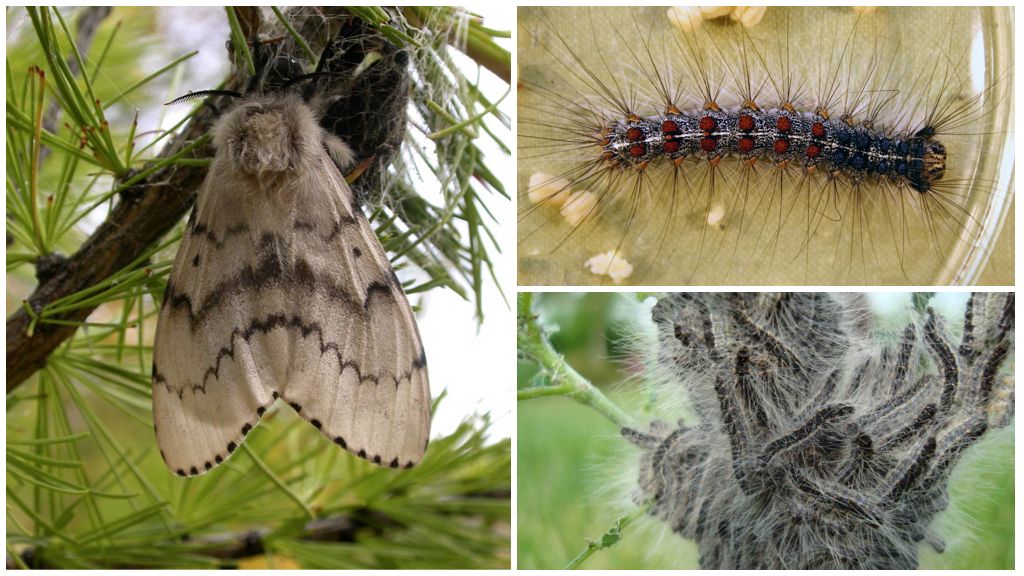
Tips for Effective Pest Management
The fight against the silkworm in the country should be complex. Caterpillars in one season can destroy young garden trees, significantly reduce productivity on already formed plants.
- On young trees, caterpillars can be harvested by hand, then destroyed. Clutches of eggs are scraped from the bark, trampled or burned.
- Attract unpaired silkworms - birds to your site of natural enemies. Cuckoos, woodpeckers, finches, orioles, jays, and titmates help fight the caterpillars of an unpaired silkworm. They build feeders and hang them on trees.
- In March, as soon as the snow melts, treat the tree trunks with lime or apply adhesive belts. Such an obstacle impedes the advancement of unpaired silkworm caterpillars up to the crown, and prevents pests from developing. For the manufacture of the belt use oil, resin, engine oil, adhesive tape, special preparations in the form of a gel consistency from harmful insects.
- At the beginning of the migration of caterpillars to the crown of trees - in April, even before the buds open, the apple tree, other trees are treated with biological products or insecticides. During flowering, folk methods are used to combat unpaired silkworms on apple, pear, plum and other garden plants.
You can get rid of unpaired silkworms at your summer cottage in one season, if you put maximum effort into it, combine several methods of exposure.
On a note!
A sign of tree infection is the presence of small holes in the leaves or significant deformations, as well as a spider line.
In Russia, other types of silkworms are also common:
- Siberian;
- hiking pine;
- hiking oak.
Caterpillars of all these types of silkworms protected by bristles and may cause skin irritation when harvesting them with bare hands.
Biological products
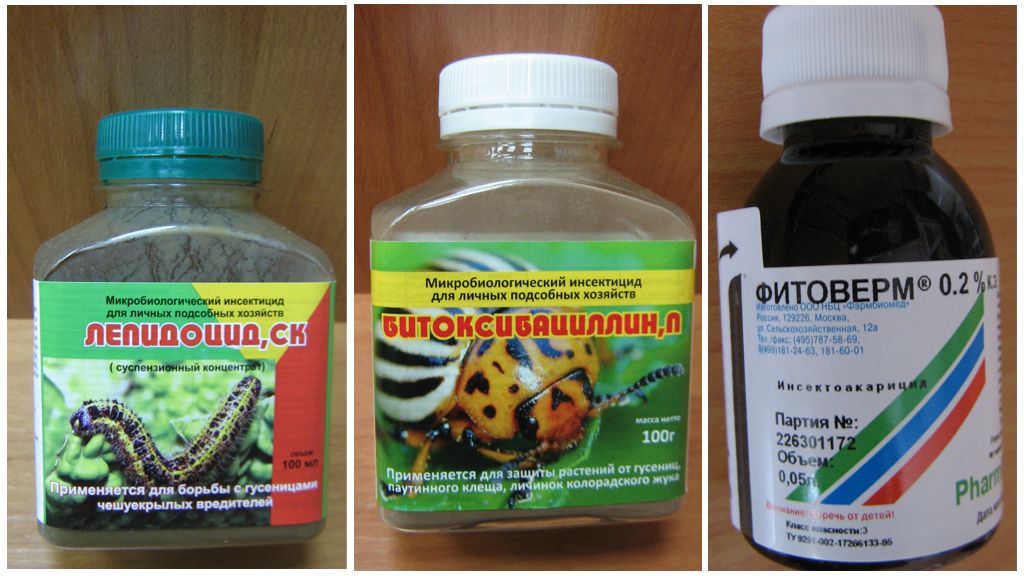
It is advisable to fight with a silkworm in the summer cottage where fruit trees grow, biological products. The active components of the funds are bacteria that affect the work of internal organs, systems or the waste products of microorganisms.
The drug begins the destructive process immediately, but the result can be seen within 7-10 days. The action lasts about 14 days. Torrential rains reduce the effectiveness of unpaired silkworms. It is allowed to use plants at any stage of the growing season, except for the flowering period.
On a note!
Spray an apple tree from an unpaired silkworm for prevention should be once a month, for control - twice in 30 days. Effective agents - Fitoverm, Lepidocide, Spark bio, Entobacterin, Bitoxibacillin, Dendrobacilin.
Insecticides
Chemical methods of control allow you to get the desired result in a few days. Poison of a wide spectrum of action destroys butterflies during the first 2 hours after spraying plants, caterpillars - up to 30 days. Initially, the poison enters the body through contact through the chitinous cover. It affects the work of the nervous system, causes muscle paralysis, death.
Sv 2 hours, the active toxic substance enters the sap of the plant, silkworm caterpillars on the apple tree, other plants die during nutrition. Mass death occurs within a few days.
Silkworm insecticidal agent e is recommended to be used on fruit trees twice a season. Allowed single treatment in early spring. Spraying the stem in the fall is ineffective, since the poison does not affect the eggs.
Important!
When working with insecticides, safety measures must be observed - protect the respiratory tract, mouth, eyes, skin. Otherwise, an allergic reaction occurs, intoxication of varying severity.
Gardeners call the best drugs Actellik, Aktara, Karbofos, Fufnon. Poison is used in exceptional cases, if other methods of control do not help.
The effectiveness of folk remedies
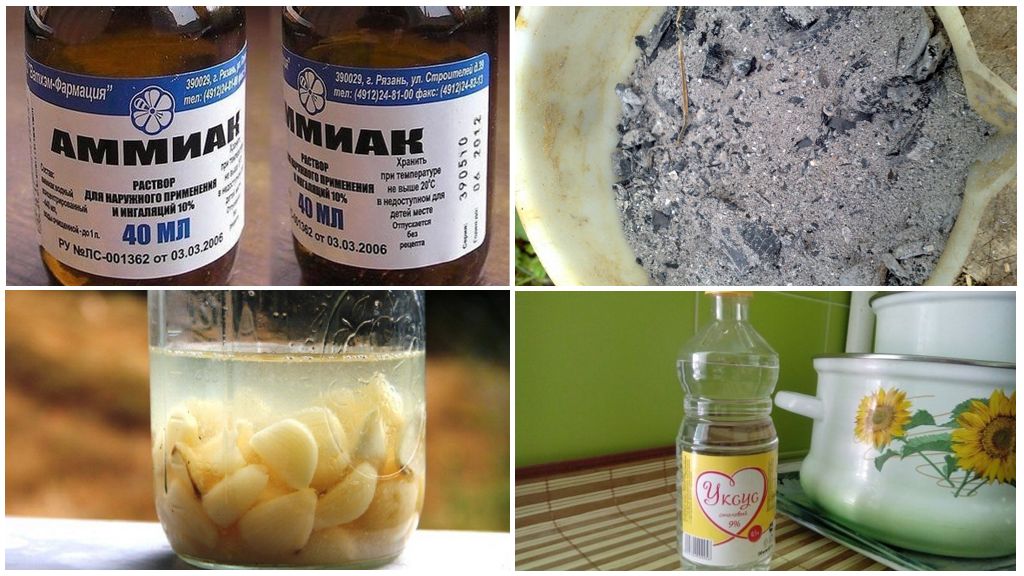
It is possible to deal with unmatched silkworm caterpillars using decoctions of plants with a strong odor, laundry soap for spices, wood ash, table vinegar, ammonia.
On a note!
A soap base is needed in order to keep the active components on the leaves, as well as to create a thin film, which complicates the nutrition process. Natural laundry soap is added to any folk remedy.
Sprayed leaves:
- Table vinegar. In 1 liter of water 200 ml of the product.
- Ammonia. For 1 liter of water, 10 ml of ammonia.
- Garlic tincture. For 1 cup chopped garlic, 1000 ml of water.
- Wood ash. Ash, soap are added to the water, mixed thoroughly.
To achieve the desired result, you need to combine several methods of struggle, always remember about prevention. Fight pest year-round. It is much easier to cut the egg laying on the trunk in the fall than to poison the larvae and chase the tracks in the spring garden. Chemical pests need to be disposed of correctly so as not to harm themselves and their surroundings.
